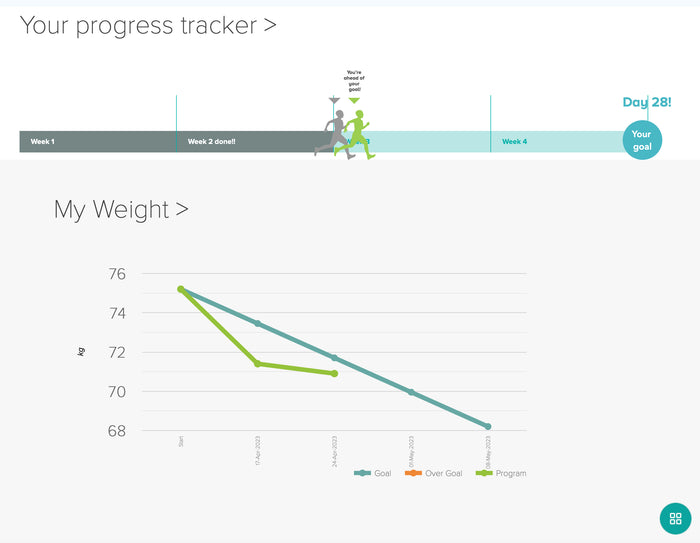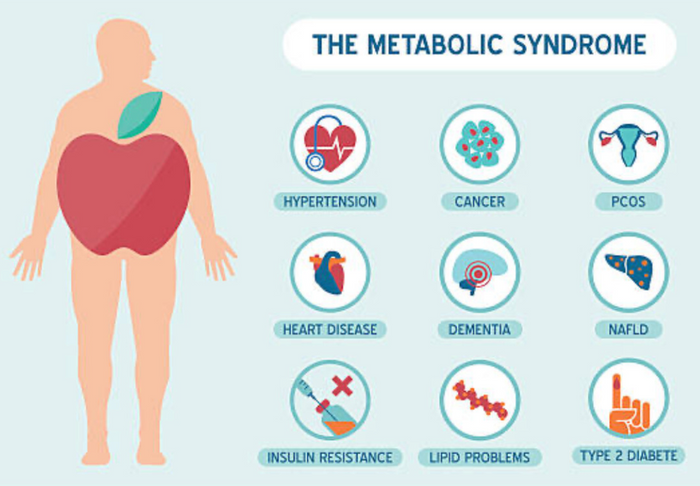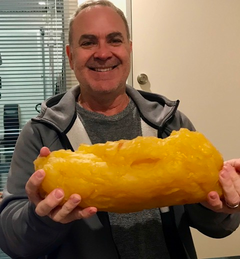What is it?
Perimenopause is a natural process that occurs when your ovaries gradually cease working. The menstrual cycle lengthens, and flow may become irregular as ovulation reaches a permanent end. Symptoms may result from the changing levels of hormones that occur during this time. When estrogen is high, you may have symptoms like you might have with PMS. When estrogen dips low, you may have night sweats and hot flushes. During this perimenopausal stage, these hormone fluctuations may be mixed with normal cycles.
What are some of the symptoms?
While every woman is different, these are the most common symptoms:
- Brain fog/trouble concentrating
- Mood changes
- Headaches
- Poor quality sleep
- Changes in sexual desire
- Night sweats/hot flushes
- Vaginal dryness
- Aching joints
- Increased urination
- Increased PMS-like symptoms
Please note: any such noticeable changes may be the symptom of other underlying issues, so always consult your doctor for an accurate diagnosis.
How is it diagnosed?
As symptoms can be vague, your doctor may recommend a blood test to measure your hormone levels and any recent changes in your levels.
Can it be treated?
Perimenopause is a natural process of change in every woman’s body and does not require ‘treatment’, unless the symptoms are not manageable, in which case medications such as hormone therapy or mood stabilisers may be recommended.
Lifestyle changes can be effective in reducing symptoms and facilitating a smooth transition, such as:
- Curb consumption of refined foods, sugars and alcohol
- Include a diverse range of colourful, fibrous plant foods in each meal
- Consume adequate protein in each meal
- Exercise regularly
- Maintain your body fat within the healthy range (20-30% for women)
- Focus on improving sleep quality
- Consider dietary supplements (as recommended by your health professional)
In summary:
- Perimenopause occurs between the age of 35-45 when your ovaries gradually stop working.
- This is a natural process that may result in temporary physical and emotional symptoms.
- While it doesn’t require treatment, there are several factors that may reduce severity of symptoms and make this process easier to manage.
If you feel you’d like to learn more about which lifestyle changes may be right for you, please click the link below to book your complimentary appointment (Zoom or phone) with an AstonRX healthcare professional.
Click here to book your complimentary Female Health Consultation.




























